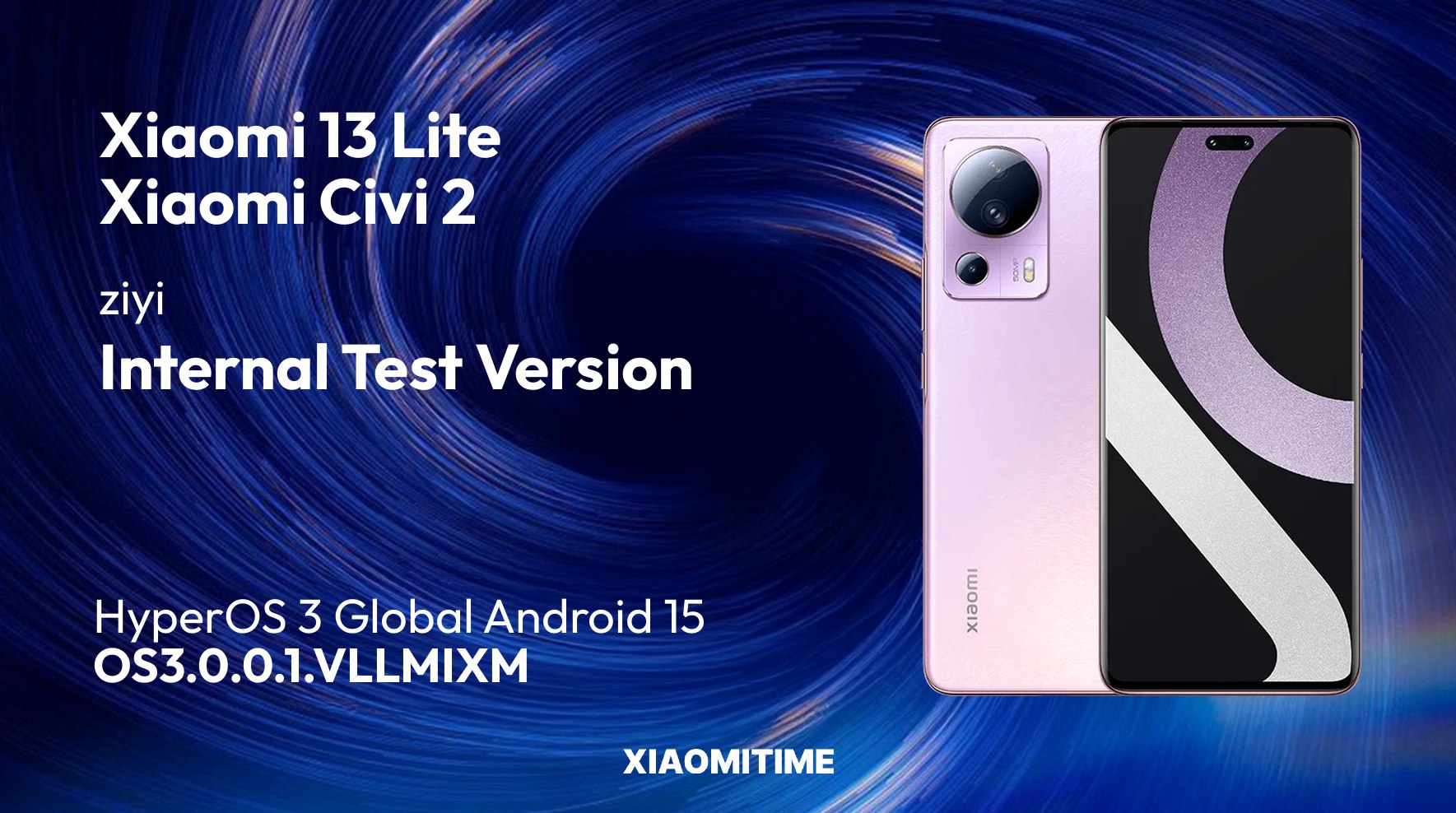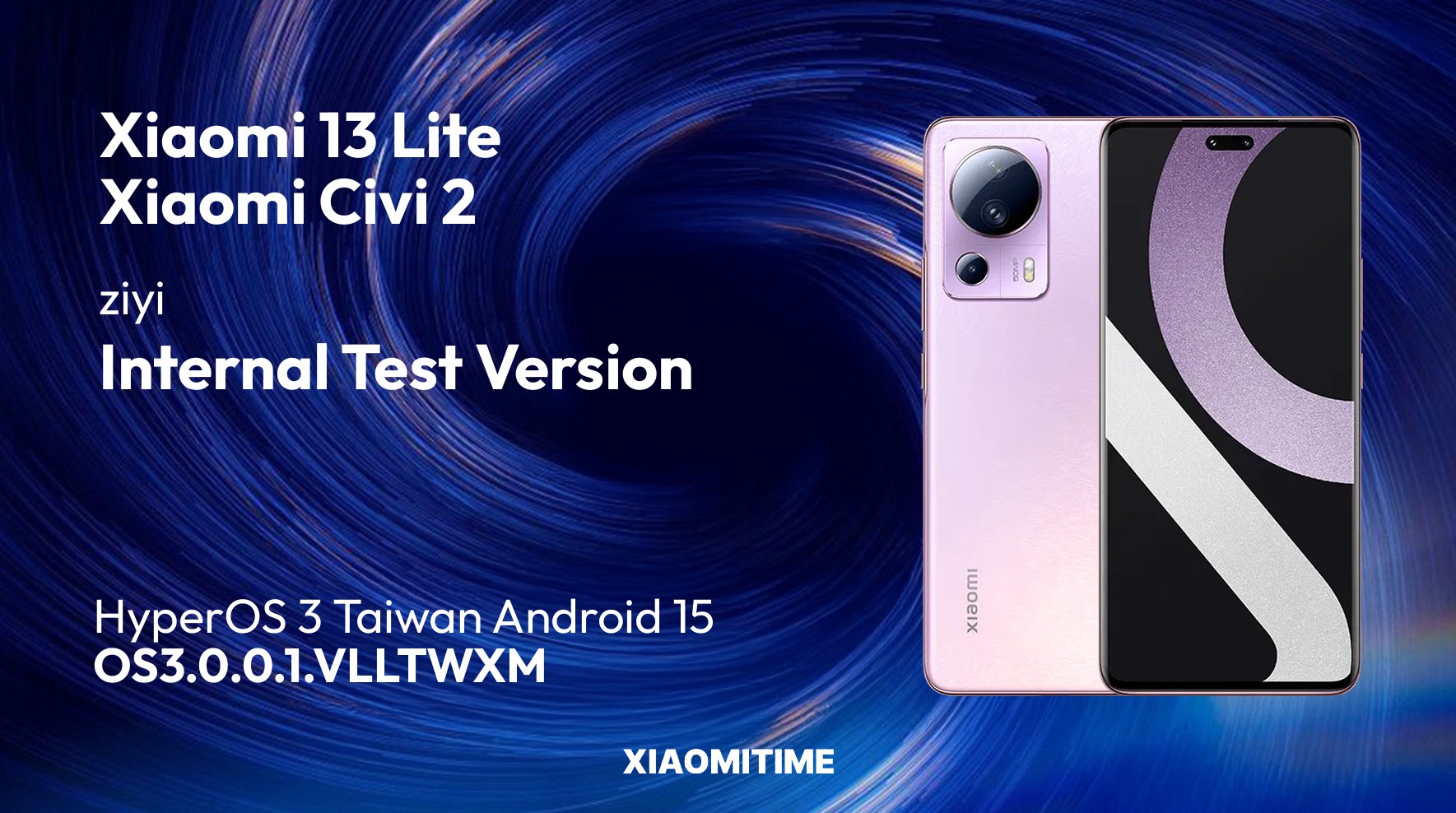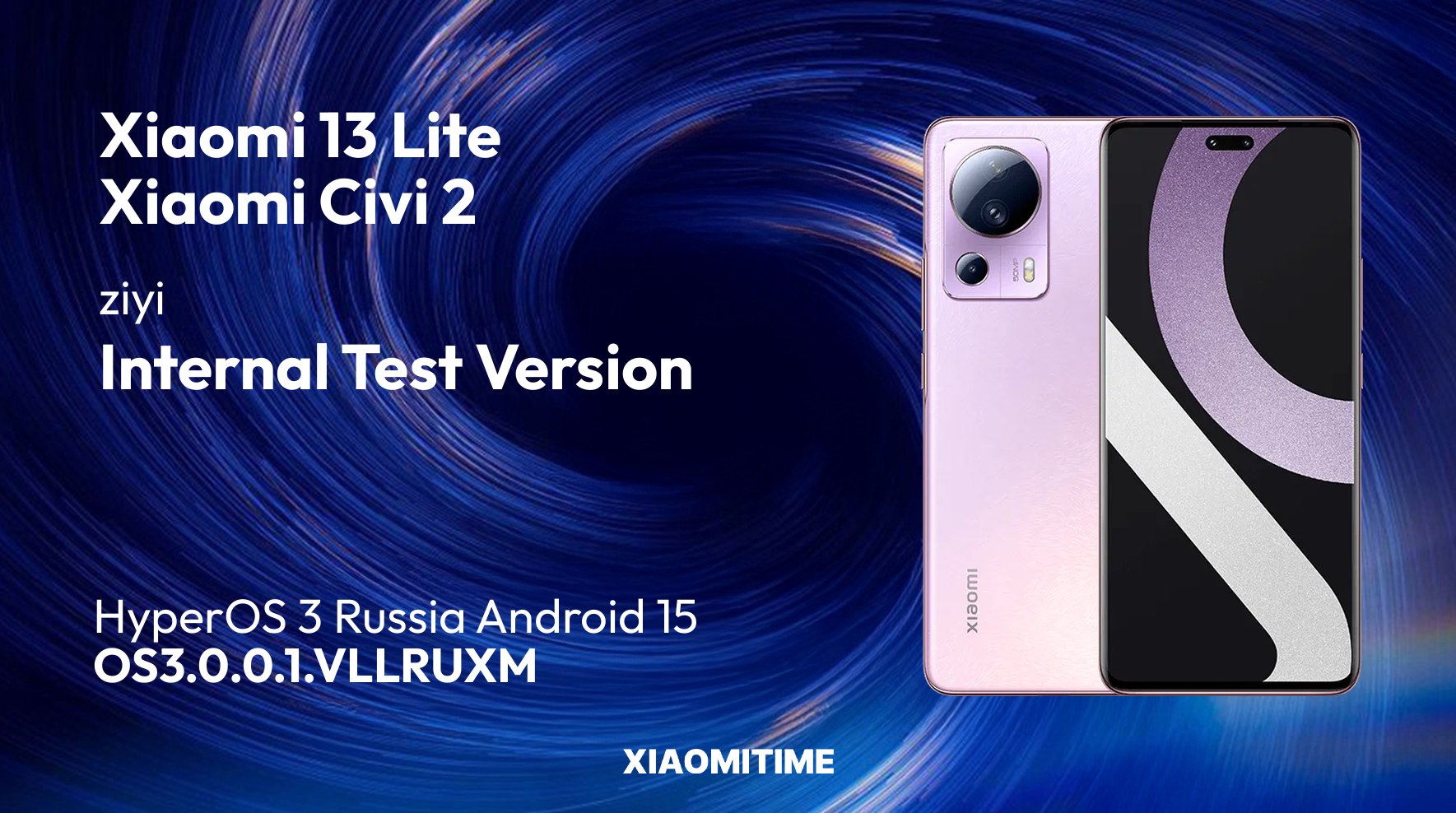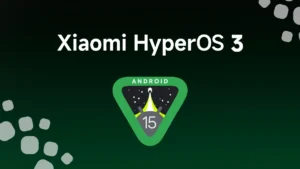The Xiaomi 13 Lite, better known as the Xiaomi Civi 2 worldwide, has now joined the initial stage of HyperOS 3 internal testing. This kick-starts the important activity leading to its imminent release. Several regions have started getting the preliminary OS3.0.0.1 builds over Android 15: Global, Turkey, Taiwan, and Russia. This has validated that Xiaomi has been preparing the rollout on a larger scale.
Overview of HyperOS 3 Internal Test Build
The first internal test version detected for the Xiaomi 13 Lite is labeled OS3.0.0.1, which represents the earliest stage of stable testing. For a public release to be possible, this version has to move on to OS3.0.1.0, normally the build assigned for readiness to roll out. This structured approach ensures regional stability and consistent performance across all relevant markets.
Regional Availability of the Internal Build
Xiaomi has released this early test firmware for several regions at the same time, proving that the development process is synchronized worldwide. Early access is a sign that Xiaomi wants to finalize HyperOS 3 for the Xiaomi 13 Lite in a unified timeline, rather than in waves.
- Global version – OS3.0.0.1.VLLMIXM
- Turkey version – OS3.0.0.1.VLLTRXM
- Taiwan version – OS3.0.0.1.VLLTWXM
- Russia version – OS3.0.0.1.VLLRUXM
These builds are strictly internal and not intended for public installation. Users looking to follow region-specific firmware releases may track software developments at HyperOS Updates or seek further information through the XiaomiTime ecosystem, including the MemeOS Enhancer app on the Play Store. With this utility tool, users can fetch system app updates, access hidden Xiaomi features, and over-the-air firmware details.
What HyperOS 3 Means for Xiaomi 13 Lite Users
HyperOS 3 is designed to be more efficient and AI-optimized, perfecting system responsiveness and device longevity. More importantly, the update will bring improved multitasking behavior to the Xiaomi 13 Lite, better animation, more appropriate resource distribution, and enhanced security layers dedicated to Android 15. Those are not part of the internal logs; still, HyperOS 3 maintains Xiaomi’s long-term philosophy in terms of fluidity and stability over multiple hardware generations.
This update also ensures broader platform consistency, aligning Xiaomi’s mid-range and premium devices under a unified interface and performance model. As internal testing moves from OS 3.0.0.1 to OS 3.0.1.0, concrete details about user-facing improvements will be more accessible.
When Will the Update Roll Out?
Although Xiaomi has not announced the date of its public rollout, internal detection of the build usually points toward preparing for the release. Once OS3.0.1.0 surfaces on Xiaomi’s official servers, the firmware will be ready for deployment in phases across all supported regions.


 Emir Bardakçı
Emir Bardakçı





